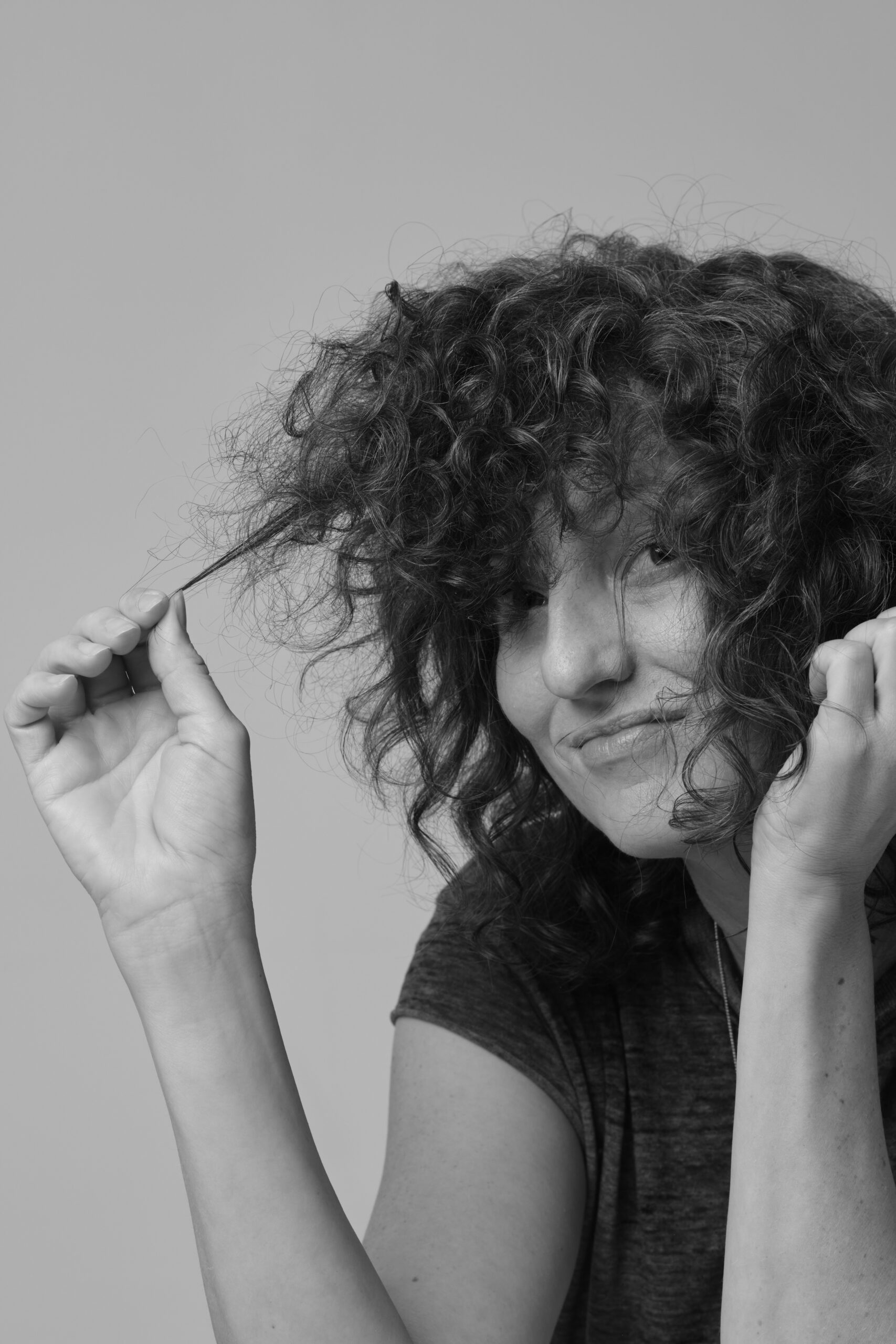
CARA DESPAIN US
CAMPO AIR October resident
caradespain.com
Cara Despain is an artist working in film and video, sound, sculpture, photography and installation addressing issues of land use/ownership, climate change, visualizing the Anthropocene. She was born in Salt Lake City, Utah, currently lives in Miami, Florida and works between the two. She holds a BFA from the University of Utah (2006). She was a 2021 Harpo Foundation Award recipient, and was also a finalist for the Creative Capital award in 2021. In 2023, she was invited to the Florida Prize competition and exhibition at the Orlando Museum of Art. Recent solo exhibitions include FROM DUST at the Southern Utah Museum of Art; and Specter at the Bass Museum of Art in Miami Beach and Specter New Mexico at New Mexico State University Art Museum in Las Cruces, NM. Her work is in the Rubell Family and Scholl Collections, as well as the State of Utah, Salt Lake County, and Miami-Dade County and Miami International Airport art collections and has been featured in numerous publications such as The Guardian, Hyperallergic.com, Thirdtext.org, The Art Newspaper and Sculpture Magazine.
EMPIRE OF GLASS
In considering the theme The Roots of Land and Water for CAMPO Artfest 2023, I reflected on how bedrock and groundwater are the literal and psychic foundation of place from which both our aspirations and our sustenance spring. I’m from a land haunted by the specter of nuclear weapons development—from the mining of uranium to the testing of atomic weapons, and am a descendant of downwinders (people overexposed to radiation from these activities). My mother and grandmother’s side of the family settled in southern Utah, and were living less than 150 miles downwind of the Nevada Test Site during the time of Cold War atmospheric testing (1951-62). The surrounding region was simultaneously being exploited for the resources necessary to build these weapons. Abandoned uranium mines, many of which are still leeching radioactive waste into groundwater, litter the region. The fundamental materials exhumed from the rock strata of these lands were manipulated to create otherworldly technology that irreversibly changed our geopolitical and geologic composition forever.
This fountain is a special exploration stemming from a larger body of work I have been making on this topic using antique, mass-produced Depression Era glass dishes and decorative objects that contain uranium oxide as a colorant—which makes them fluoresce a brilliant green in UV light. At the onset of the Manhattan Project in 1942, all uses of uranium in the US—including to tint glass—were banned to make it available for weapons development. To me, these timestamped ready-mades are fraught: fragile and beautiful but also foreboding and a bit dangerous, yet still representative of home life. For Artfest, I wanted to animate them with liquid to create a glowing champagne fountain of sorts with a darker connotation beneath the illusory celebration it implies. I was thinking of the ‘atomic cocktail parties’ in Las Vegas where people would gather to watch the tests, and also the infamous gin martinis J. Robert Oppenheimer would mix for his fellow scientists at the Los Alamos Lab while developing the bomb. Like the local bioluminescent tide, the uncanny glow of the infinitely flowing liquid in the glasses is entrancing. It may at first feel magic, aspirational and abundant. But reading deeper into a longer context of land use and militarism, you might come to see a poisoned well.